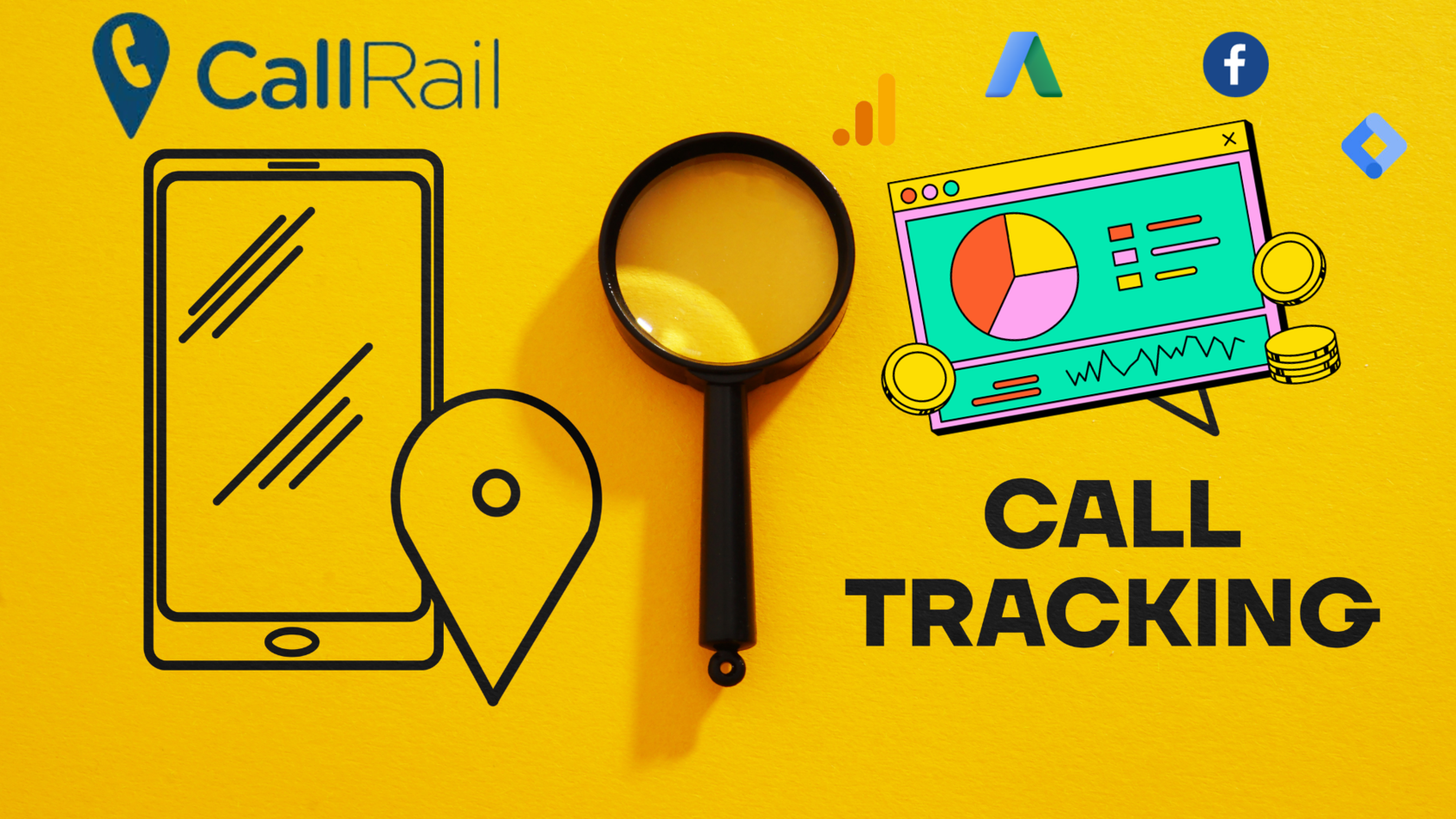
Post published: February 25, 2024 3:50 pm
Author: Julia Emets
Total views: 1,821
Reading time: 3.6 min
In this article
In the digital age, knowing how to use call tracking can greatly benefit businesses looking to improve call tracking, analytics and control sales team. CallRail is a strong software for tracking calls, analyzing data, and gaining marketing insights for businesses. CallRail helps businesses track phone calls from marketing campaigns, keywords, and channels to make better marketing decisions.
Whether you’re a small or big business, learning how CallRail setup and use effectively can greatly benefit your company. We will do this through a step-by-step process and understand better how does Callrail work.
Let’s discover how you can maximize the potential of call tracking analyses and make the most of all the CallRail features.
Why Call Tracking Matters?
- Enhancing Marketing Insights: Call tracking goes beyond online metrics, providing invaluable data on customer calls and behaviors, enhancing your overall marketing insights.
- Improving ROI Measurement: Tracking calls helps businesses measure ROI of marketing efforts, improving strategies for better outcomes.
Sign Up and Callrail Account Creation
- Begin by visiting the official CallRail website and initiating the sign-up process.
- Follow the prompts to create an account, providing essential business information for a personalized experience.
Adding a Tracking Number
- Upon logging in, navigate to the dashboard and select the “Tracking” tab.
- Click “Numbers” and enter a tracking number. Choose type (local, toll-free numbers) and set options like call recording and routing.
Implementing Dynamic Number Insertion
Take advantage of CallRail’s Dynamic Number Insertion (DNI) feature. This feature changes phone numbers on your website based on the visitor’s location. It allows you to track which marketing channel led to the call.
Installing the Call Tracking Code
- Retrieve the unique tracking code provided by CallRail after setting up your tracking number.
- Paste the tracking code into your website’s header or footer to enable dynamic phone number display for visitors.
Connecting Callrail to Google Analytics
Explore the “Integrations page” to connect CallRail with GA4 (essential platforms like Google Analytics) for comprehensive data analyzing.
Streamlining Callrail and Google Ads Integration
Integrate Callrail with Adwords to synchronize call data with your advertising campaigns, optimizing performance insights.
Enhancing Facebook Integration with CallRail
In addition to integrating with Google Analytics and Google Ads, CallRail also offers seamless integration with Facebook.
To set up the CallRail Facebook integration, simply navigate to the “Integrations” section in your CallRail dashboard. From there, you will find the option to connect with Facebook. Click on it and follow the prompts to authorize the integration.
Improving Google My Business (GMB) Callrail Integration
Further extend your reach by integrating CallRail with Google My Business. This integration ensures that calls originating from your GMB listing are seamlessly tracked and analyzed, providing a holistic view of customer engagements.
CallRail Configuration for Notifications
- Setting Up Alerts: Configure notifications for missed calls, voicemails, or other crucial events to stay informed about your call activities.
- Email and Messaging Integration: Integrate with email or messaging platforms to receive notifications promptly, ensuring timely responses.
Testing Call Tracking
Initiating Test Calls: Conduct test calls to your tracking number to ensure accurate call tracking and data recording.
Verifying Data Accuracy
In the digital age, knowing how to use CallRail can greatly benefit businesses looking to improve call tracking and analytics.Verify that you accurately record data on the CallRail dashboard, reflecting the test calls you made.
Customizing Reports
- Exploring Reporting Features: Delve into the reporting section to customize reports based on your business needs and key performance indicators (KPIs).
- Adapting Reports to Objectives: Customize parameters, filters, and date ranges to align reports with specific marketing objectives and campaign goals.
Additional Features and Advanced Settings
- Leveraging Call Recording: Explore the option of call recording for deeper insights into customer interactions and service quality.
- Keyword Tracking and Conversation Analytics: Maximize the potential of keyword tracking and conversation analytics for a more nuanced understanding of caller intent and behavior.
Regular Review and Optimization
- Monitoring Performance Metrics: Regularly review CallRail reports, analyzing key metrics such as call duration, conversion rates, and caller demographics.
- Data-Driven Optimization: Utilize data-driven insights to optimize marketing campaigns, enhance customer service, and continually improve call handling.
Conclusion
In conclusion, setting up CallRail is a strategic move for businesses seeking comprehensive call tracking and analytics. Follow these steps to unlock a powerful tool that gives insights and helps you make informed decisions for business growth.
Contact us if you need help with integration.


